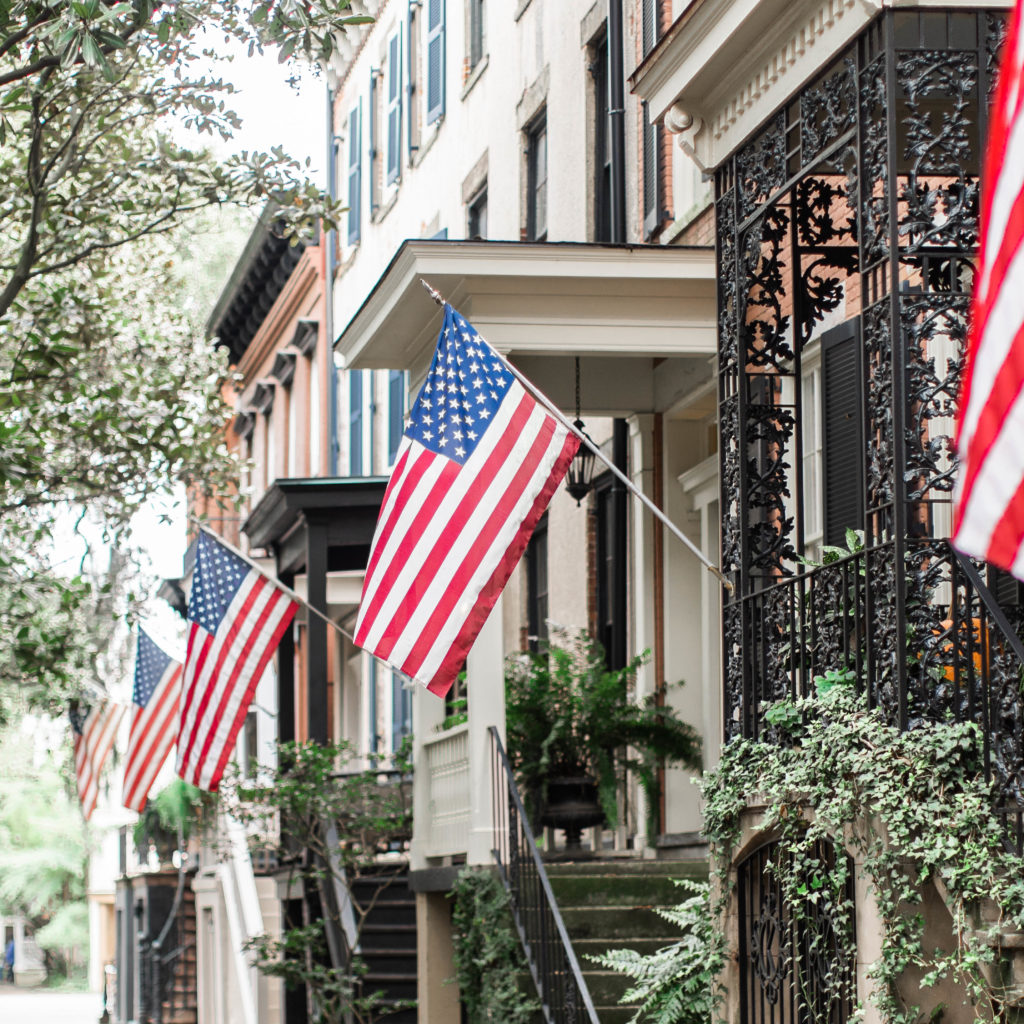A Trademark “Hobbyist” May Already Own The Next Trademark For The Washington Redskins.
A recent development in the Washington Redskins case showcases a rare side of trademark disputes, and more importantly: the risk that any business owner runs by waiting too long to trademark their name.
What’s in a name? In order for it to be applicable for a trademark registration, it must be more than creative- it must be used in commerce. In other words, show definite proof that you’re using it in commerce- not just that you want to. So how can someone “collect” trademarks?

This question took on an interesting twist in recent weeks with the news that the Washington Redskins were changing their logo and nickname of “Redskins”-and the almost immediately following news that a man from Virginia likely already owns the trademark rights to a logical next name for Washington. 44 probable names, in fact.
This man has an admittedly expensive hobby of “collecting trademarks”. According to McCaulay, he enjoyed rolling the dice and surmising as to what possible alternatives Washington would eventually rebrand to, when they began to come under heat for the use of the name “Redskins”. When the news broke that McCaulay likely already owns a logical next name for Washington, he immediately came under fire on social media for being a “trademark squatter”.
However, this is where McCaulay’s story presents an illuminating case study on trademark rights. Generally speaking, the USPTO is not designed to permit “trademark squatters”. When you file a trademark, you are required to prove either current “use in commerce” (a 1A filing), or intended use (within 6 months, defined as a “1B” filing). This “proof” is a high hurdle- for example, it requires more than just showing a website with photos of products, it requires tangible evidence that someone could purchase that product from the website.
In a recent interview, McCaulay addressed how he overcame this hurdle:
“‘A squatter reserves a name with no intention to use it,” McCaulay told the Times-Dispatch. ‘I went to the extreme of buying a lot of merchandise, making it my brand, and selling it. I never applied for a registration without a bona fide intent to use the product. Every time an application was approved I used that product in commerce. It was, I thought, a fun hobby…and it turned out that I got really good at it.‘” (The Charlotte Observer). In other words, order to obtain these registrations, he had to create products/services for each of the names he’s registered.
With names such as “The Washington Monuments”, the “Washington Americans”, and more trademarked by McCaulay, it’s logical, (albeit speculative), to see why Washington may have bought themselves some time by declaring that the team would go simply the “the Washington Football Team” for the 2020-2021 season (although, it is worth nothing that McCaulay has published a series of Tweets offering the trademarks to the team, such as: “@NFL @nflcommish Take my trademarks please! You can put that in all caps. I sent you an email on 7/4/2020 and said you can have them all for free.”).
The takeaway?
- In order to trademark a name, you must be able to show tangible proof you are doing so, and
- If you don’t own the trademark to your name, you don’t own your name. It doesn’t matter how big or small the business is.
The longer a business waits to trademark, the higher the risk that they can potentially lose out on the rights to the name. If you own a business and sell any goods or services, you must not determine whether or not you should trademark-before you lose the ability to continue using your name.
LEAVE A COMMENT
View Comments